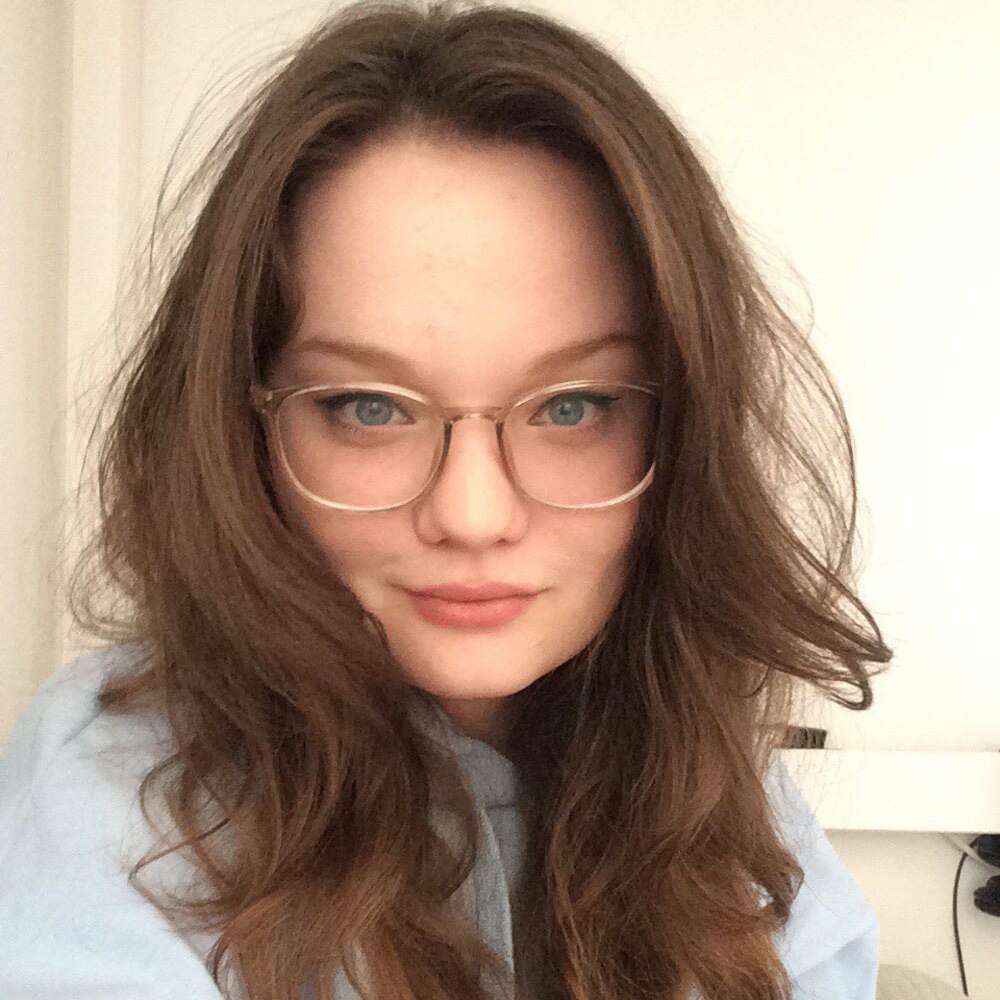More about Mary Beth Edelson
Works by Mary Beth Edelson

Contributor
Get ready for Mary Beth Edelson’s rollercoaster biography because the artist had one wild and impressive life.
It was in her early teens that Mary Beth Edelson became interested in activism. When she was only 13 years old she organized a group called “Peace Cell” that sponsored a German family fleeing a labor camp. Still in her teens, Edelson took weekend art classes at the Art Institute of Chicago and designed stage sets for high school productions. She later majored in art and minored in philosophy and speech at DePauw University. There, works from her senior thesis project was censored and removed from the university’s Union Building Gallery after complaints by faculty. They called it “an affront to ministers and small children." Not everyone at the university seemed to agree with this decision and many people protested on campus. It is not clear why some faculty members had a problem with Mary Beth Edelson’s work, but it's likely that it had something to do with women's bodies. My curiosity about what exactly could be so unsuitable for “ministers and small children” is killing me.
Edelson married Richard Snyder, whom she knew since college, and moved to Florida with him. After only six months, they divorced and Edelson went to New York to get a master’s degree in art. She then married the lawyer Jerome Strauss, and they had a daughter. The couple also divorced and Edelson married again. She had a son with her new husband, Alfred H. Edelson, who got her quite an extravagant wedding present: a whole art gallery. They moved to Washington in 1968 where she further developed her career as a feminist artist. (You’re not alone if reading about her marital relationships gave you whiplash, but hey - more power to her.)
Edelson is considered a pioneer of the feminist art movement and her work deals with themes like female identity, the depiction of women in art and media, and the recognition of female artists. She incorporated traditions of goddess worship in her work to counteract the patriarchal creation myth. Seemingly almost a goddess herself, Edelson mastered various art forms and materials. She painted, photographed, performed, created installations, and made collages.
Sources
- Chilvers, Ian, and John Glaves-Smith. "feminist art." In A Dictionary of Modern and Contemporary Art. Oxford University Press. https://www.oxfordreference.com/view/10.1093/acref/9780191792229.001.00….
- Sider, Sandra. “Edelson, Mary Beth.” In The Grove Encyclopedia of American Art Volume 1, edited by Joan M. Marter, 136-137. Oxford University Press: New York, 2011.
- Smith-Stewart, Amy. “Mary Beth Edelson: Six Story Gathering Boxes (1972–2014).” The Aldrich Contemporary Art Museum, October 10, 2014. https://issuu.com/aldrichmuseum/docs/edelsonbrochure.
- Steinhauer, Jillian. “Mary Beth Edelson, Feminist Art Pioneer, Is Dead at 88.” The New York Times, May 26, 2021. https://www.nytimes.com/2021/05/26/arts/mary-beth-edelson-dead.html.
- Waldon, Mary. “Artist Creates Art Amid Marvelous Mess.” The Indianapolis Star, March 14, 1967.
Featured Content
Here is what Wikipedia says about Mary Beth Edelson
Mary Elizabeth Edelson (née Johnson; February 6, 1933 – April 20, 2021) was an American artist and pioneer of the feminist art movement, deemed one of the notable "first-generation feminist artists". Edelson was a printmaker, book artist, collage artist, painter, photographer, performance artist, and author. Her works have been shown at the Museum of Modern Art, the Smithsonian American Art Museum, and the Museum of Contemporary Art in Chicago.
She began her studies at the Art Institute of Chicago and continued as she pursued her Bachelor's and Master of Fine Arts degrees. She taught art at the college level, including School of Art and the Smithsonian Institution in Washington, D.C., and at the Corcoran Gallery of Art's Dupont Center for Advanced Studies.
Inspired by Henri Matisse, Paul Cézanne and Édouard Manet, she made paintings of mothers and children in the 1960s. During that decade, she owned a gallery in Indianapolis. Her art changed markedly in the 1970s when she shifted to performance and other forms of art, as well as how women are depicted in art. Her studies of philosophy and psychology greatly influenced her art, both in terms of content and medium. Important works of the early 1970s are representations of goddesses, which Edelson used as a contrast against established, patriarchal viewpoints of women. In Some Living American Women Artists / Last Supper, the faces of the disciples are replaced with noted women artists, and Story Gathering Boxes explored stories of the feminine experience. Other notable works include The Negotiation and Kali Bobbitt.
She worked to increase the rate at which works of art by women are among museum collections. She helped found and was an active member of the Heresies Collective, which published the Heresies journal, to show and promote art made by women. She also joined the feminist cooperative gallery, A.I.R. Gallery (Artists In Residence), which held exhibits of Edelson's work, including The Memorial to the 9,000,000 Women Burned as Witches in the Christian Era. In that exhibit, the intention was to empower women attendees. She was also active in the civil rights movement.
Check out the full Wikipedia article about Mary Beth Edelson












